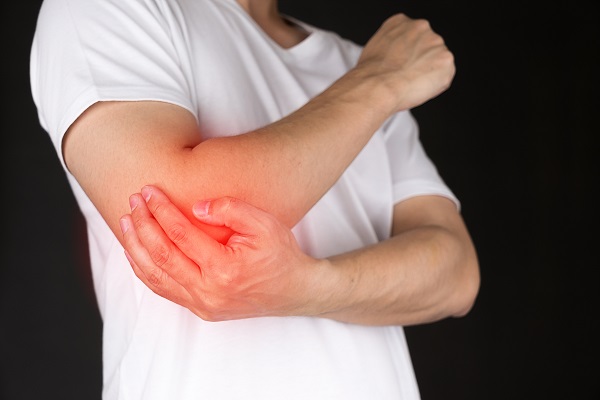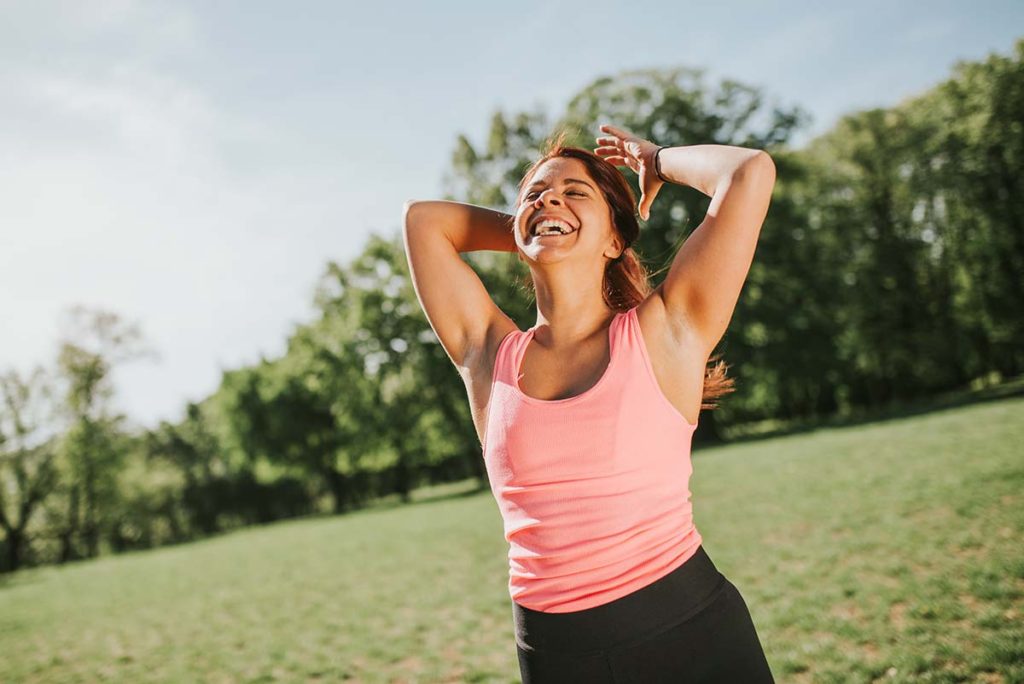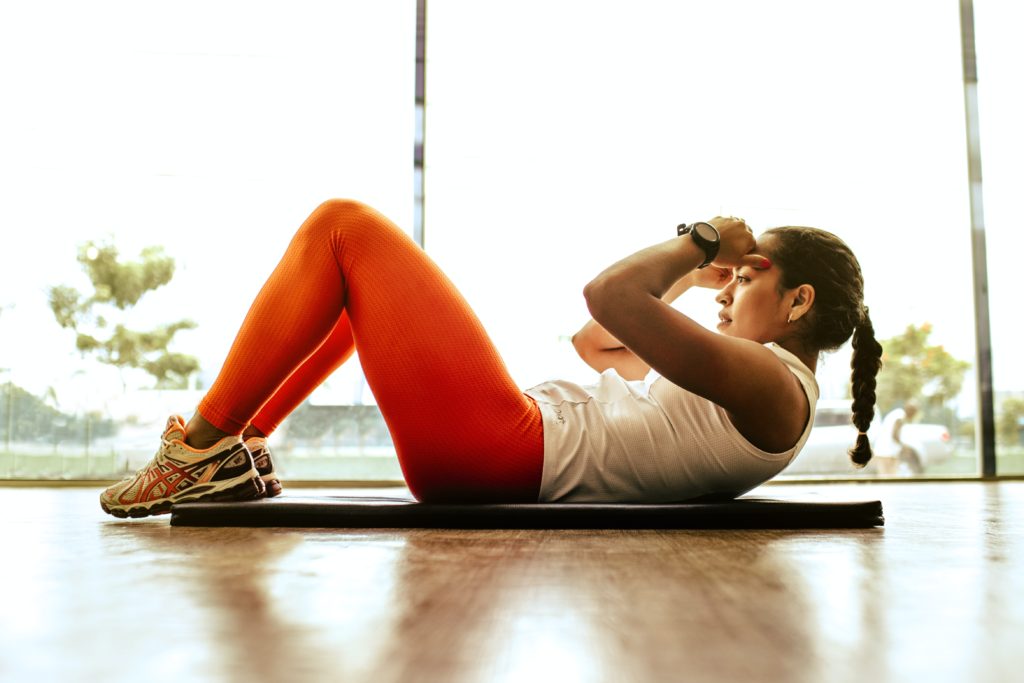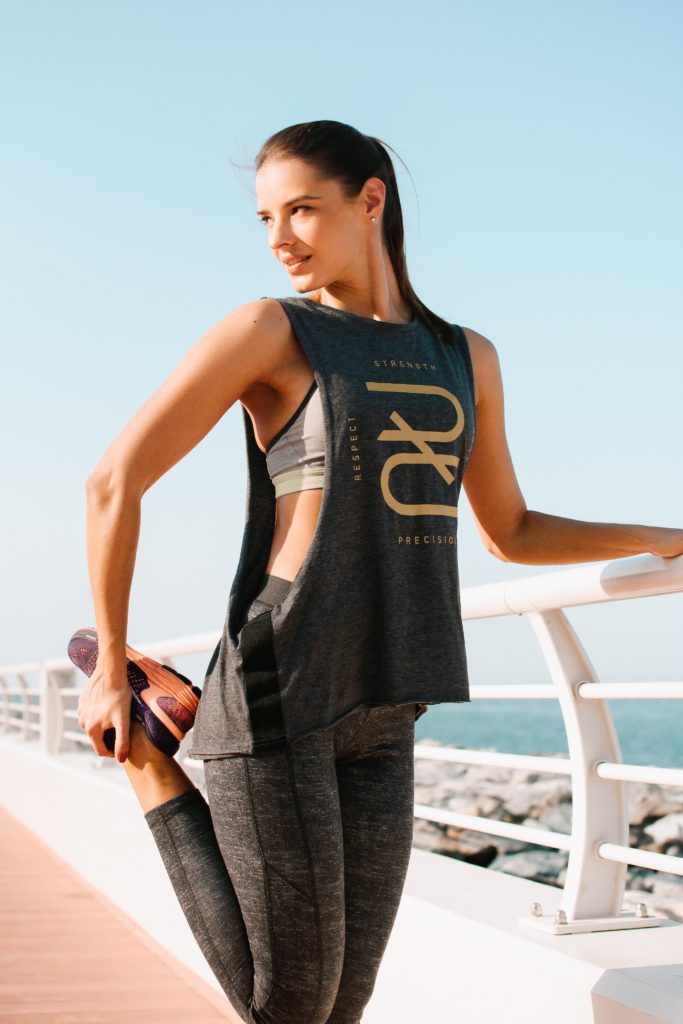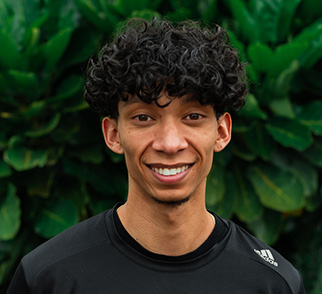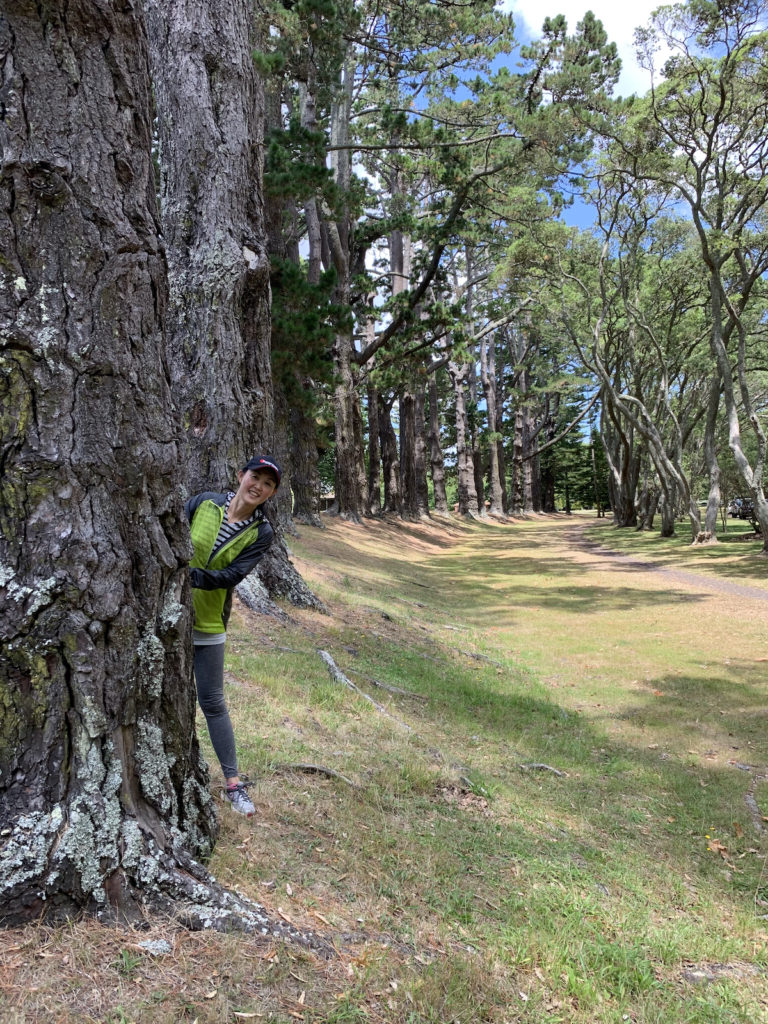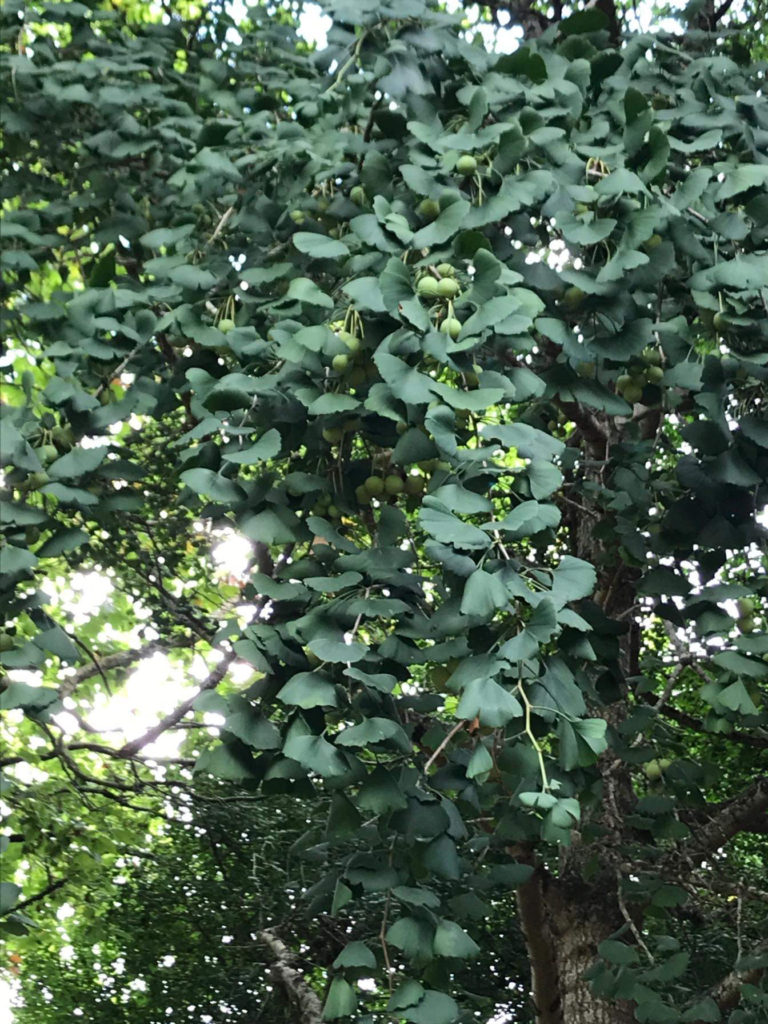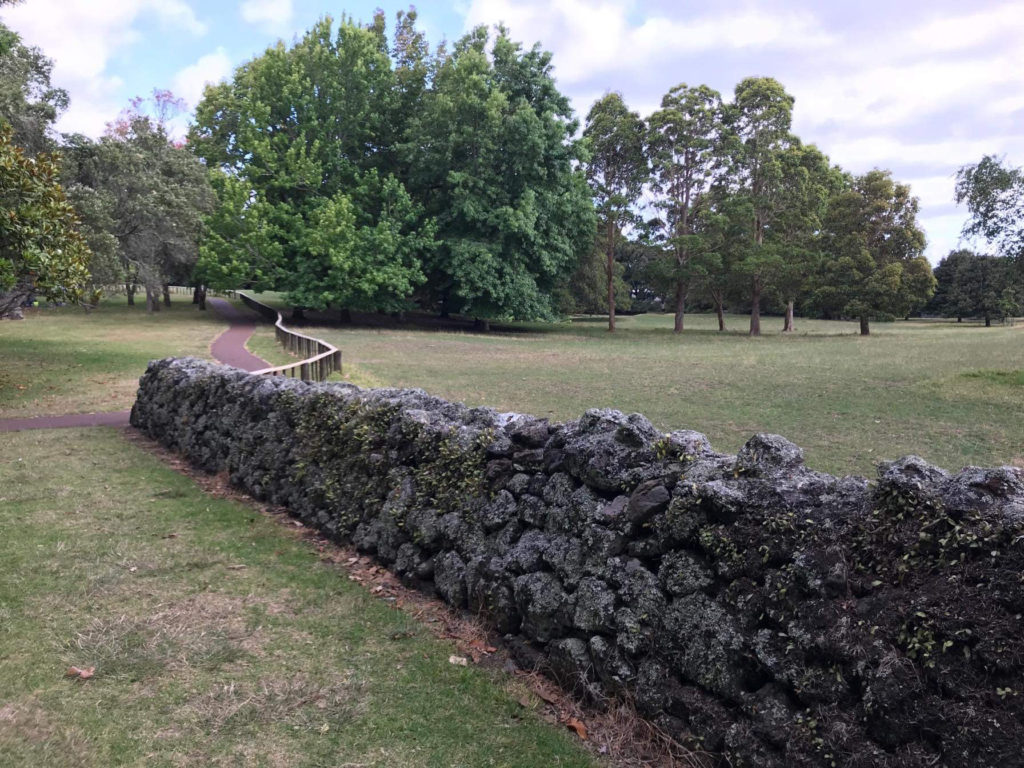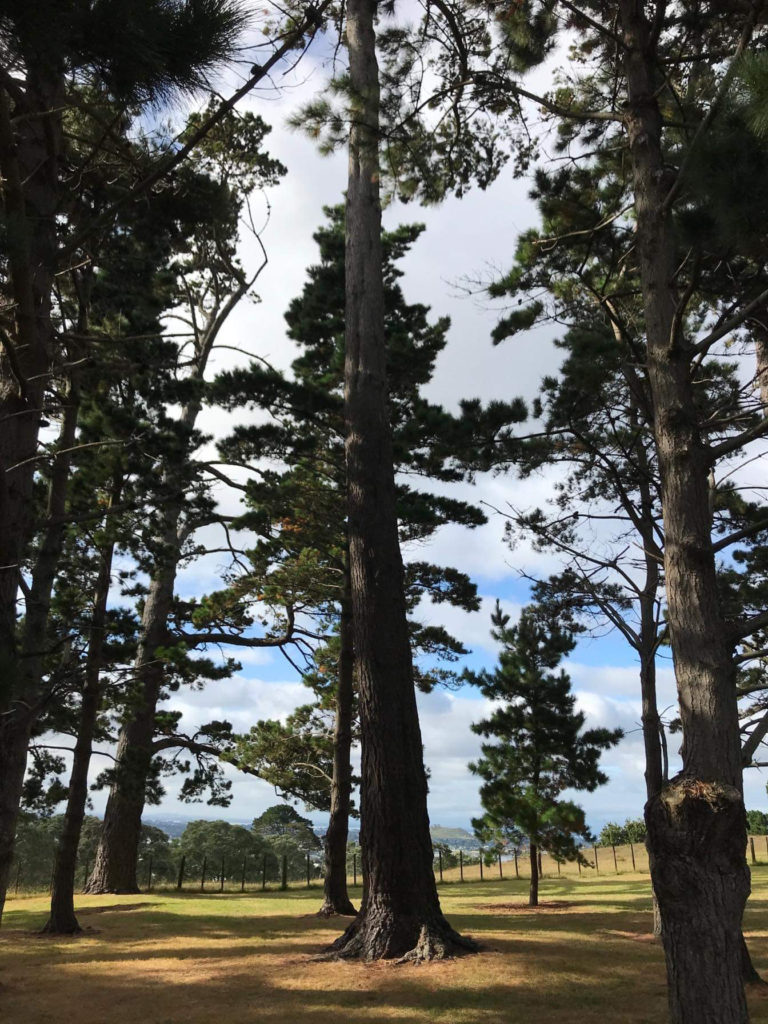The
burning in his kneecaps was what Richard Bedard noticed first. Then came the
tenderness and pain. Sitting for 10 hours a day as a financial editor in Hong
Kong was agonizing. So was walking short distances or just standing in the
elevator.
Neither doctors nor physical therapists could offer
any lasting relief. Surgery loomed. But Bedard tried a different approach: a
personal experiment to try to repair the cartilage in his knees with special
exercises. It wasn’t easy and it took more than a year to accomplish, but he
sidestepped a knee operation.
Now, 10 years later, Bedard, 57, runs around with his
young kids, climbs stairs and bikes up to 60 miles on weekends, all without
pain. “It was, all and all, a lengthy process,” said Bedard, who has written an
e-book about his successful effort to fix his knees without surgery. These
days, he added, “I still notice some burning in my knees when sitting,” but for
the most part, “my knees feel really good.”
Studies
suggest about 1 in 4 adults suffer
from chronic knee pain. The number of sore, swollen and stiff knees has risen 65 percent in the past four
decades and the increase can’t be explained by aging or obesity alone,
according to the National Health and Nutrition Examination Surveys and the
Framingham Osteoarthritis study.
Knee pain is mostly caused by osteoarthritis, a
chronic condition that afflicts an estimated 30 million Americans of all ages.
It is the most common form of arthritis and is caused when the cartilage, which
cushions joints, becomes injured and worn, resulting in pain, swelling and
stiffness.
Cartilage is the cushion that enables joints to move. But
it has no pain receptors, so injuries go unnoticed until much of the cartilage
has worn away and the joint is damaged. When the knee cartilage is gone and the
joint pain severe — known as stage four or end-stage knee disease — the
treatment options are painkillers and total knee replacement, the most commonly performed inpatient surgical
procedure for people 45 and older in the United States.
About 680,000 total knee replacements were performed in 2014, according to the National Inpatient Sample, a government survey of hospital patients. Knee replacement surgery outstrips the 500,000 coronary artery bypass surgeries performed yearly. If trends continue, estimates are that nearly 1.3 million Americans will undergo knee replacement by 2030.
Surgery’s
Concerns
Nonsurgical
Alternatives
The
first line of treatment for osteoarthritis includes the basics: strengthen leg,
hip and core muscles, engage in low-impact aerobic exercise and neuromuscular
education, according to evidence-based guidelines issued by the American
Academy of Orthopaedic Surgeons in 2013.
Weight
loss can also help, especially for those who are fairly overweight or obese.
Every pound shed eliminates four to six pounds of pressure on the knees, according to the AAOS.
Medications, from nonprescription ibuprofen to
powerful prescription drugs, can help counter joint pain by reducing
inflammation. But long-term use of these medications also comes with potential
serious side effects, including the risk of stomach bleeding.
The bottom line is that those who have early
osteoarthritis, which is described as knee pain during physical activity and
joint achiness, are most likely to benefit from the standard lifestyle
treatment of more physical activity and weight loss.
“But it takes time and effort,” Matzkin says, “and a
lot of patients are looking for a quick fix.”
This is why many other treatments are now available
and are often advertised for knee relief. They include acupuncture, external
braces, dietary supplements glucosamine and chondroitin sulfate, needle lavage,
injections of growth factor, stem cells or hyaluronic acid, arthroscopy to
repair meniscus tears, use of acetaminophen, steroid injections, opioid drugs
and pain patches.
Yet, in
its 2013 guidelines, the AAOS either recommended against all of these
treatments or found inconclusive evidence that they work.
“There wasn’t enough evidence to demonstrate that they
are efficacious,” says Matzkin who served on the AAOS committee that wrote the
guidelines.
Most of these widely used treatments fail to address
the underlying problems of cartilage loss and joint repair, says Matzkin,
noting that “once the cartilage is damaged and worn down you can treat the
symptoms, but you can’t really make [osteoarthritis] go away.”
Since cartilage cells don’t have their own blood
supply, it has long been thought that these cells could not regrow. But some
research suggests that may be wrong.
Among the evidence showing that cartilage can heal is
a 2006 study of 325
people, average age 45. In the two-year study, which simply followed the
natural history of these patients, 37 percent of participants showed
improvements in cartilage as measured by MRI, compared with 33 percent whose
cartilage worsened.
What
separated those who improved from those who didn’t? Men, younger adults, those
with thicker knee cartilage and people who shed more pounds between the first
knee measurement and the second two years later were more likely to show
improvements in cartilage. Those who were less likely to experience natural
repair of their knee cartilage were women, older adults, people who started
with thinner cartilage and those who didn’t lose weight during the two years
between the first MRI and the second.
In October, Duke University reported new evidence showing that
cartilage in human hips, knees and ankles can regenerate on its own — in the
lab, anyway.
“These new findings suggest a potential “for
regeneration that might be exploited to enhance joint repair and establish a
basis for human limb regeneration,” the team reports in the journal Science Advances.
Cartilage
v. Time
The
challenge is that cartilage repair takes a lot of time, since the only way
cartilage cells are nourished is by being bathed in joint fluid.
“Cartilage has no direct blood supply, so its ability
to use energy to repair itself is very, very slow,” says Austin physical
therapist Doug Kelsey, who has written “The 90 Day Knee Arthritis Remedy.”
“So, consequently, it takes a lot of time, a lot of [knee exercise] repetitions
and persistence.”
Finding the “sweet spot” for injured knees can also be
tricky and varies widely from person to person. It takes just the right amount
of movement and weight-bearing pressure to bathe the cartilage cells in joint
fluid, allowing them to be nourished and recover without causing more joint
damage. It means gently moving joints that may be stiff, swollen and painful.
What
makes recovery even more complex is that knee pain doesn’t usually surface
until hours after an activity.
“It can be difficult for someone to know what
activities to stop doing because knee pain doesn’t usually happen during the
activity,” says Laurie Kertz Kelly, a physical therapist and board-certified
orthopedic clinical specialist in Austin. “The pain happens later that day or
the next day.”
As an example, Kelly points to a client who lived in a
three-story townhouse. She took the stairs multiple times per day without pain,
but then would suffer later. Kelly advised her to take the steps one at a time
with her healthy knee to enable her arthritic knee to recover. That strategy,
plus a regimen of weight-bearing exercises that Kelly designed to build up the
muscles supporting the injured knee, enabled the woman to recover in about six
months. “Ultimately, she was able to take the stairs the usual way,” Kelly
said, and didn’t need knee replacement surgery.
Richard Sparks, 69, a retired University of North
Texas music professor, also managed to sidestep knee replacement surgery after
years of trying unsuccessfully a variety of other therapies. Sparks first
injured his knee while riding a recumbent bike in an effort to get fit. He
developed “runner’s knee,” a swelling also known as patellar femoral syndrome
that makes kneecaps feel very painful. Physical therapy didn’t help. Neither
did injections of hyaluronic acid, surgery to repair a frayed meniscus in his
knee or more physical therapy.
In 2015, Sparks read Kelsey’s book and then consulted
with Kelly, who worked with him for several months on a leg-strengthening
program that slowly increased the load on his knees. It made a difference.
“It was worth it just to be pain free so that I can walk
and do the things that I want to do, and of course as long as I can avoid
having a knee joint replacement,” says Sparks, who has recently shed 25 pounds.
He now hikes regularly without pain or discomfort. He no longer takes any
prescription drugs or over-the-counter medications for knee pain.
“I have friends who have had knee replacements and
there are certain things that they can’t do,” he says. “I walk the way I used
to walk. . . . The longer that I can avoid knee replacement
surgery, the better.”
Is this approach right for everyone?
“All patients that go on to knee-replacement therapy
have failed nonoperative treatments,” says Matzkin, who adds that “I’m not sure
that these people are really restoring their cartilage, but they made the
symptoms better, and that can absolutely be done with diet and exercise.”
Sally Squires is a former Washington Post health and
nutrition writer who now blogs at leanplateclub.com.
Why I always’s
listen to my knee’s
Bad
knees run in my family, but I still never thought they would sideline me. I
used to sit cross-legged with ease. Kneeling was something I didn’t think
about.
Then when I turned 60, my knees starting “talking” to
me.
First, there was burning and discomfort during long
flights sitting in cramped economy seats. Stairs began to give me pause. Even
curbs were sometimes painful.
So began my knee odyssey, which has been marked by
physical therapy, X-rays and MRIs, multiple doctors, a pricey brace so
difficult to put on that it is unused, lots of nonsteroidal anti-inflammatory
medications, numerous ice packs, cortisone shots in both knees, various dietary
supplements, topical ointments, and one foldable cane.
The low point came when one of my knees blew up like a
balloon, requiring fluid to be removed with a long needle and no anesthesia.
That was followed by nearly a week of sleepless nights because of a knee that
felt like it was on fire.
If I could have removed my kneecap, I would have done
it in a heartbeat.
During those sleepless nights, I ran across Richard
Bedard’s e-book, “Saving My Knees: How I Proved My
Doctors Wrong and Beat Chronic Knee Pain,” which gave me hope that
invasive procedures didn’t have to be in my future. It introduced me to
physical therapist Doug Kelsey and his book: “The 90 Day Knee Arthritis Remedy.”
I’ve read and reread both books and shared what they recommended with my
physical therapist and physician. Neither objected to my trying Kelsey’s
program.
I’ve also trimmed a few pounds and plan to lose more,
taken up yoga, and bought a device that keeps my legs moving under my desk.
Are my knees better? Yes, an improvement measured by
my physical therapist and how the foldable cane is gathering dust. But if I
slip off the program, I soon pay the price with stiffer knees, less flexibility
and more pain.
My hope is that, like Bedard, I can bring my knees
back to better health and sidestep future invasive procedures.
But I also know that knee improvement will happen
slowly on cartilage time — not my timetable — and that it will be critical to listen
closely to my knees so as not to cause any more damage to precious cartilage or
joints.
— Sally Squires

